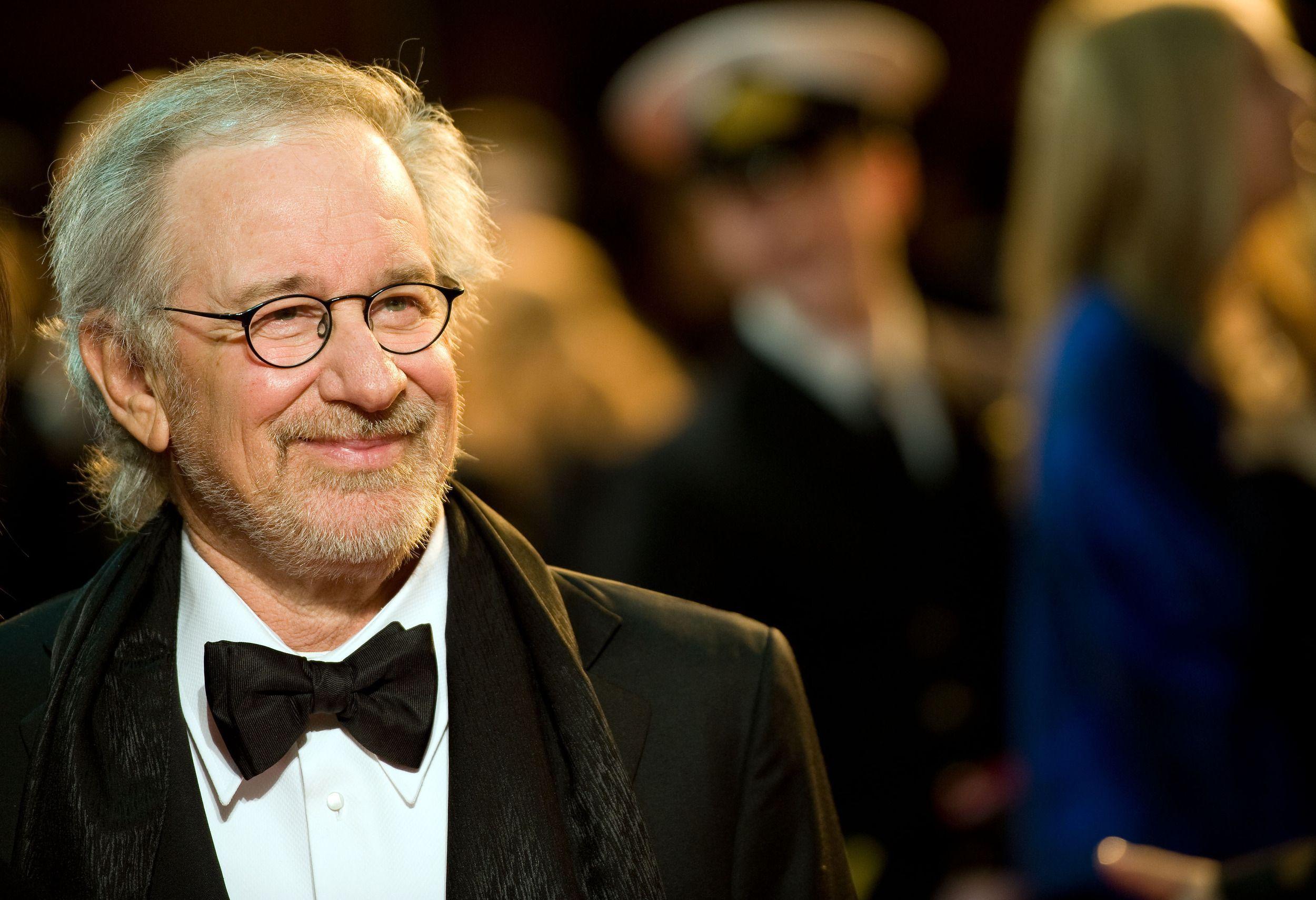In the realm of cinema, few names resonate as profoundly as Steven Spielberg. With a career spanning decades, Spielberg has carved a niche for himself, captivating audiences with his unparalleled storytelling and directorial prowess. Let’s delve into the top 10 gems in Spielberg’s treasure trove, each a cinematic masterpiece in its own right.
1. Jaws: The Ocean’s Roaring Triumph
“Jaws: The Ocean’s Roaring Triumph” is an iconic 1975 film directed by Steven Spielberg, recognized as a groundbreaking thriller that fundamentally altered the landscape of cinema. Set against the backdrop of a quaint seaside town, the movie introduces audiences to the relentless terror lurking beneath the ocean’s surface.
The storyline follows a colossal great white shark that terrorizes the resort town of Amity Island. Spielberg masterfully builds suspense, utilizing the unseen and ominous presence of the shark to instill fear in the audience. The film’s success lies not only in its thrilling narrative but also in its ability to tap into primal human fears of the unknown.
The central characters, including Police Chief Martin Brody (Roy Scheider), marine biologist Matt Hooper (Richard Dreyfuss), and the grizzled shark hunter Quint (Robert Shaw), embark on a perilous journey to confront the menacing creature. The tension rises as the trio sets out to sea on a rickety boat named the Orca, engaging in a high-stakes battle against nature’s ultimate predator.
What sets “Jaws” apart is Spielberg’s exceptional direction, building suspense through clever camera work, John Williams’ iconic score, and the expertly crafted animatronic shark, named Bruce. The film’s success not only established Spielberg as a master filmmaker but also laid the foundation for the concept of the summer blockbuster.
Beyond its thrills, “Jaws” delves into the psychological impact of fear on a community, exploring the economic and social repercussions of a town besieged by a predator. The film’s cultural impact is profound, influencing not only the way movies are made but also sparking a collective fear and fascination with sharks.
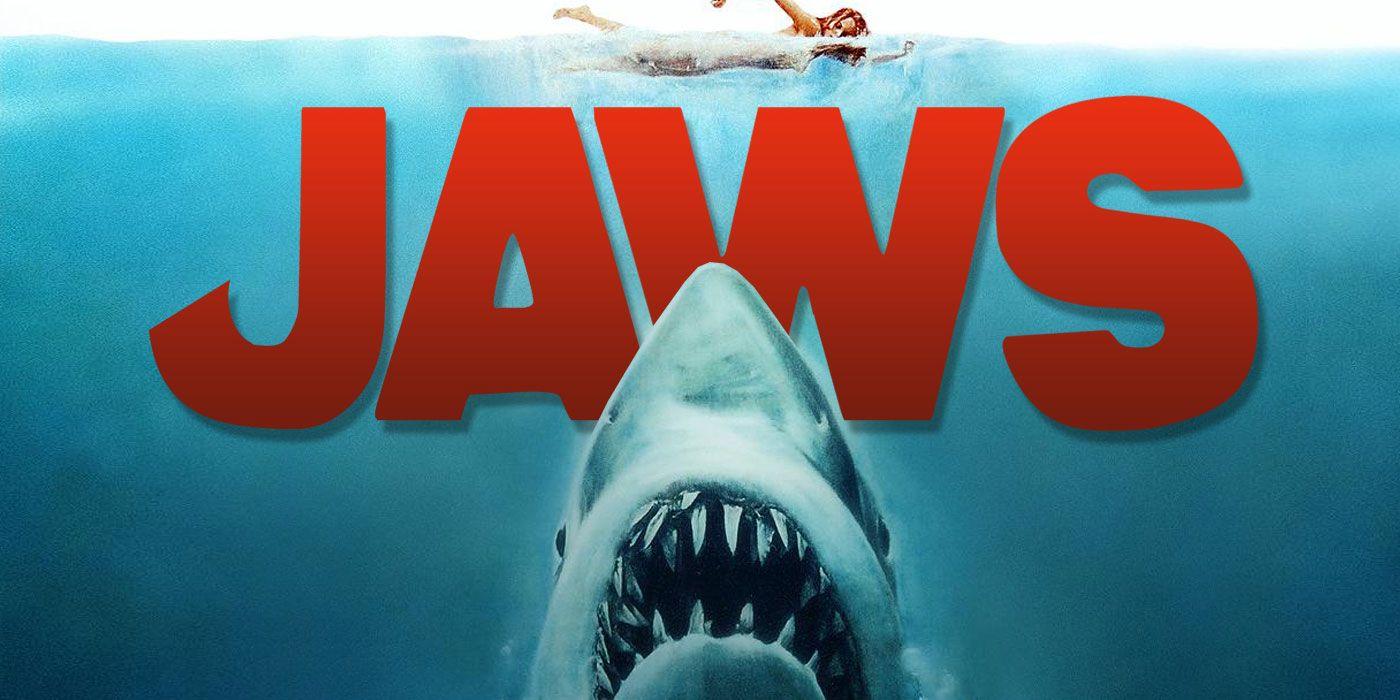
2. E.T. the Extra-Terrestrial: A Heartwarming Extraterrestrial Odyssey
“E.T. the Extra-Terrestrial: A Heartwarming Extraterrestrial Odyssey” is a timeless 1982 film directed by Steven Spielberg, renowned for its emotional depth and universal appeal. This heartwarming extraterrestrial odyssey unfolds as a poignant tale of friendship and connection that transcends the boundaries of our world.
The narrative revolves around a young boy named Elliott, brilliantly portrayed by Henry Thomas, who discovers an otherworldly being stranded on Earth. This endearing extraterrestrial, affectionately named E.T., becomes a central figure in a touching and profound journey. As the bond between Elliott and E.T. deepens, the film explores themes of compassion, understanding, and the power of empathy.
Spielberg’s storytelling brilliance is evident in the film’s ability to evoke a wide range of emotions. From the initial fear and curiosity surrounding E.T. to the heartwarming moments of camaraderie, the movie takes viewers on an emotional rollercoaster. John Williams’ iconic score further enhances the emotional resonance, creating a musical backdrop that is synonymous with the film itself.
The extraterrestrial character of E.T. is brought to life through practical effects and puppetry, adding a tangible and relatable quality to the character. The film’s visual effects, especially considering the technology available at the time, remain a testament to Spielberg’s visionary approach to filmmaking.
At its core, “E.T. the Extra-Terrestrial” is a celebration of the human spirit and the capacity for love and connection. The film’s enduring popularity is reflected in its status as a beloved classic that has captivated audiences across generations. It not only entertains with its imaginative storytelling but also imparts valuable lessons about empathy and the importance of relationships.
This heartwarming extraterrestrial odyssey stands as one of Spielberg’s crowning achievements, showcasing his ability to blend fantasy with genuine human emotion. As E.T. and Elliott’s journey unfolds on screen, it leaves an indelible mark on the hearts of viewers, solidifying its place in cinematic history.
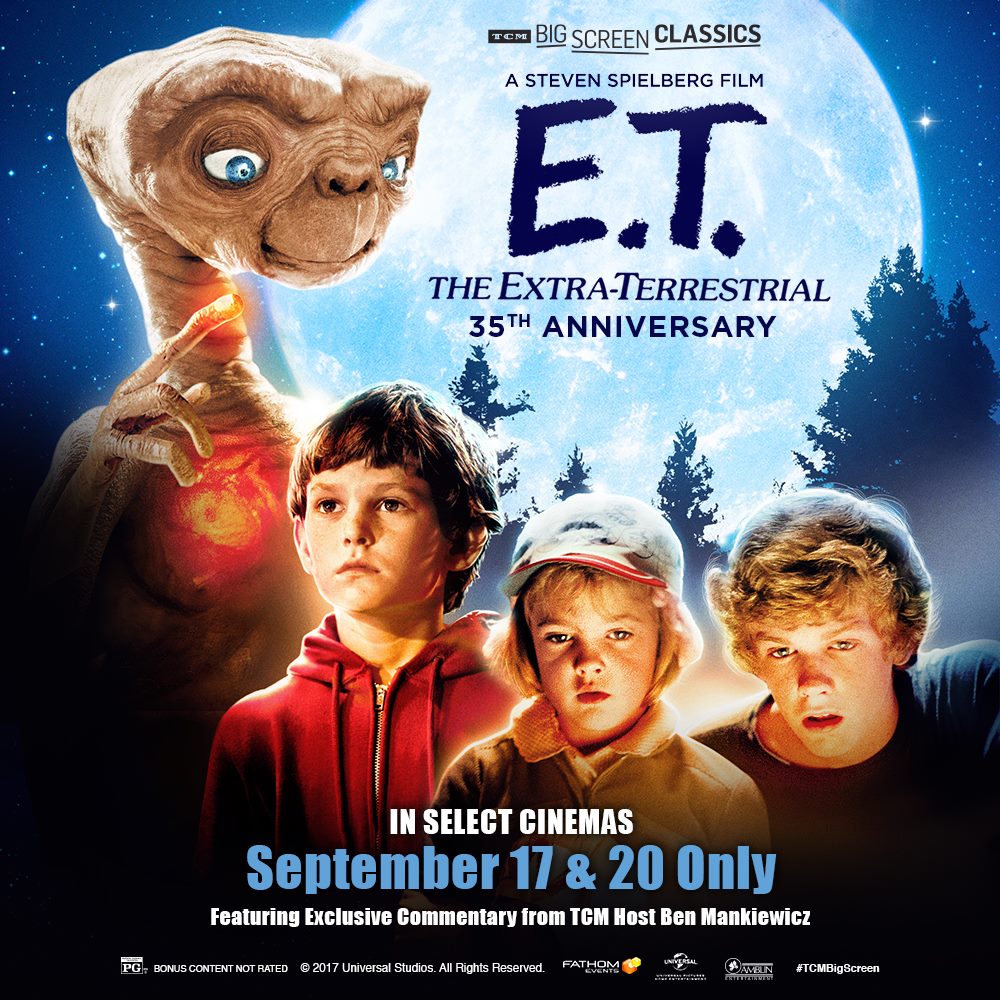
3. Schindler’s List: A Poignant Journey Through History
“Schindler’s List: A Poignant Journey Through History” is a cinematic masterpiece directed by Steven Spielberg in 1993, a film that transcends the boundaries of entertainment to become a profound and deeply moving exploration of one of the darkest periods in human history.
The story is based on the real-life events surrounding Oskar Schindler, a German businessman played by Liam Neeson. Schindler, initially motivated by profit, gradually transforms into a savior as he endeavors to save the lives of over a thousand Polish Jews during the Holocaust. The film is set against the backdrop of World War II and the atrocities committed by the Nazis, providing an unflinching look at the horrors of the Holocaust.
Spielberg’s direction is characterized by stark black-and-white cinematography, enhancing the gravity of the subject matter. The film’s visual style, coupled with John Williams’ haunting score, creates an atmosphere of unparalleled emotional intensity. Every frame serves as a testament to the harrowing reality faced by those caught in the midst of genocide.
Liam Neeson’s portrayal of Oskar Schindler is both nuanced and powerful, capturing the internal struggle of a man torn between personal gain and moral responsibility. The supporting cast, including Ben Kingsley as Itzhak Stern and Ralph Fiennes as the sadistic Amon Goeth, deliver performances that intensify the emotional impact of the narrative.
“Schindler’s List” stands out not only for its cinematic excellence but also for its commitment to historical accuracy. Spielberg’s meticulous attention to detail and the film’s unflinching portrayal of the Holocaust contribute to its status as an important historical document.
Beyond its historical significance, the film prompts profound reflection on the human capacity for cruelty and, conversely, the potential for compassion and heroism. “Schindler’s List” is a testament to the resilience of the human spirit in the face of unimaginable adversity, leaving an indelible mark on all those who experience its poignant narrative.
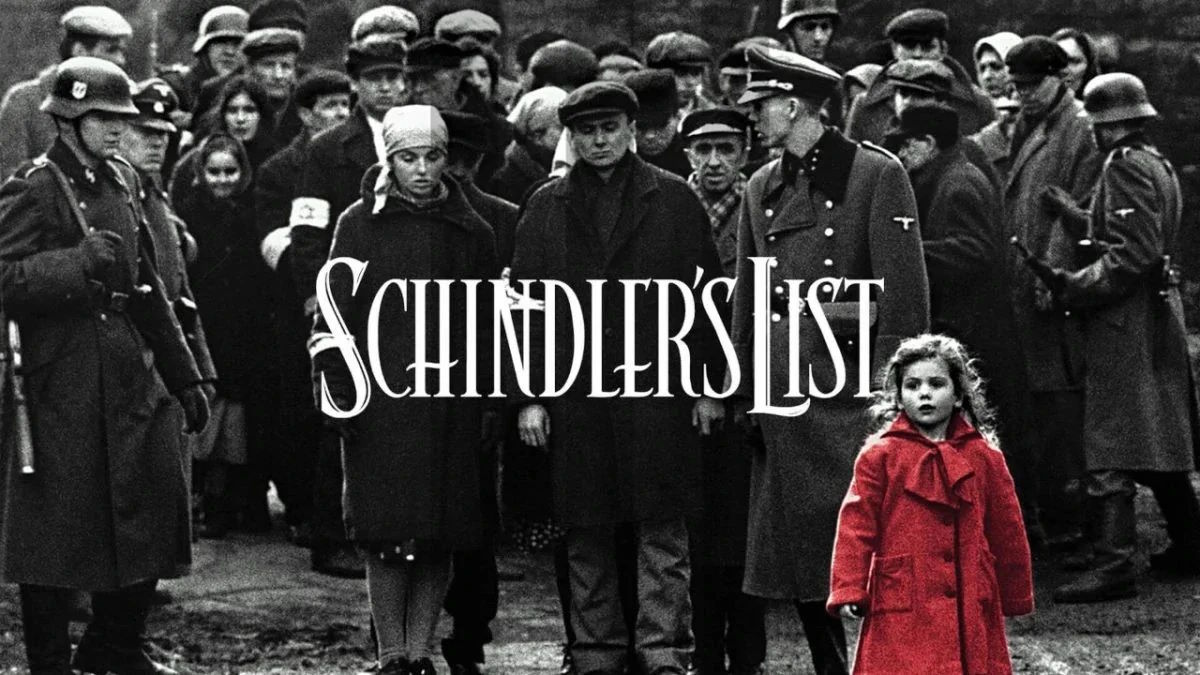
4. Jurassic Park: Where Prehistory Meets Spectacle
“Jurassic Park: Where Prehistory Meets Spectacle” is a cinematic tour de force directed by Steven Spielberg in 1993, an adventure film that seamlessly blends cutting-edge visual effects with a thrilling narrative, bringing dinosaurs back to life in a spectacular fashion.
Set on the fictional Isla Nublar, Jurassic Park is the brainchild of billionaire entrepreneur John Hammond, portrayed by Richard Attenborough. The storyline revolves around the concept of resurrecting dinosaurs through genetic engineering and featuring them as the main attraction in a theme park. Chaos ensues when the dinosaurs break free, turning the park into a perilous battleground between humans and prehistoric creatures.
Spielberg’s direction is marked by a perfect balance of awe-inspiring moments and heart-pounding suspense. The groundbreaking use of computer-generated imagery (CGI) revolutionized the film industry, allowing audiences to witness dinosaurs with unprecedented realism. The T-Rex’s iconic roar, the graceful movements of the Velociraptors, and the gentle giants like the Brachiosaurus all contribute to the film’s immersive spectacle.
The ensemble cast, including Sam Neill as Dr. Alan Grant, Laura Dern as Dr. Ellie Sattler, and Jeff Goldblum as Dr. Ian Malcolm, delivers compelling performances. The characters’ reactions to the awe-inspiring and terrifying encounters with the resurrected dinosaurs mirror the audience’s own sense of wonder and fear.
John Williams’ score further enhances the film’s grandeur, creating an unforgettable musical backdrop that complements the stunning visuals. The combination of Spielberg’s directorial prowess, state-of-the-art effects, and Williams’ score culminates in a cinematic experience that remains a benchmark for blockbuster filmmaking.
“Jurassic Park” not only captured the imaginations of audiences worldwide but also sparked a renewed interest in paleontology and the mysteries of prehistoric life. Beyond its technical achievements, the film explores ethical dilemmas associated with playing god and the consequences of tampering with the natural order.
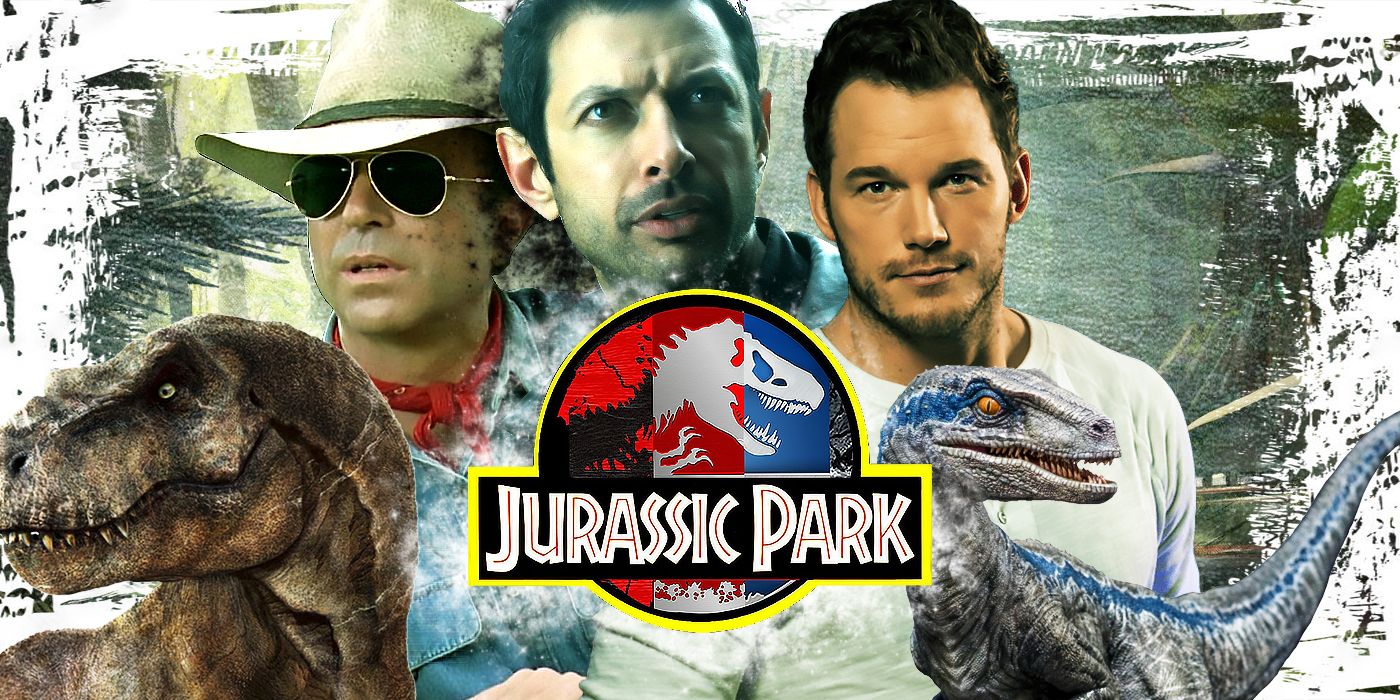
5. Saving Private Ryan: The Brutal Realism of War
“Saving Private Ryan: The Brutal Realism of War” is a gripping 1998 war epic directed by Steven Spielberg, renowned for its unflinching portrayal of the horrors of World War II. The film opens with an intense and realistic depiction of the Normandy landings, setting the tone for a narrative that explores the profound human cost of war.
Tom Hanks leads the cast as Captain John Miller, tasked with a mission to locate and bring home Private James Francis Ryan, played by Matt Damon. The premise is based on the real-life Niland brothers, where efforts were made to spare a family from losing all their sons in combat.
The film’s defining feature is its commitment to capturing the brutality and chaos of warfare. Spielberg’s direction, coupled with Janusz Kamiński’s cinematography, brings an unparalleled level of authenticity to the battle scenes. The handheld camera work and visceral sound design immerse the audience in the chaos and confusion faced by soldiers on the front lines.
The ensemble cast, including Tom Sizemore, Edward Burns, and Barry Pepper, delivers powerful performances, portraying the camaraderie and shared hardships of soldiers during wartime. The emotional impact is intensified by John Williams’ haunting score, which complements the film’s raw and visceral narrative.
“Saving Private Ryan” transcends the traditional war film by delving into the moral complexities of the mission. The characters grapple with the value of a single life amidst the widespread carnage, prompting profound reflections on sacrifice, duty, and the human toll of conflict.
Beyond its critical acclaim, the film has been lauded for its historical accuracy, from the authentic military equipment to the detailed recreation of wartime settings. It stands as a testament to Spielberg’s dedication to honoring the experiences of those who lived through one of the most tumultuous periods in modern history.
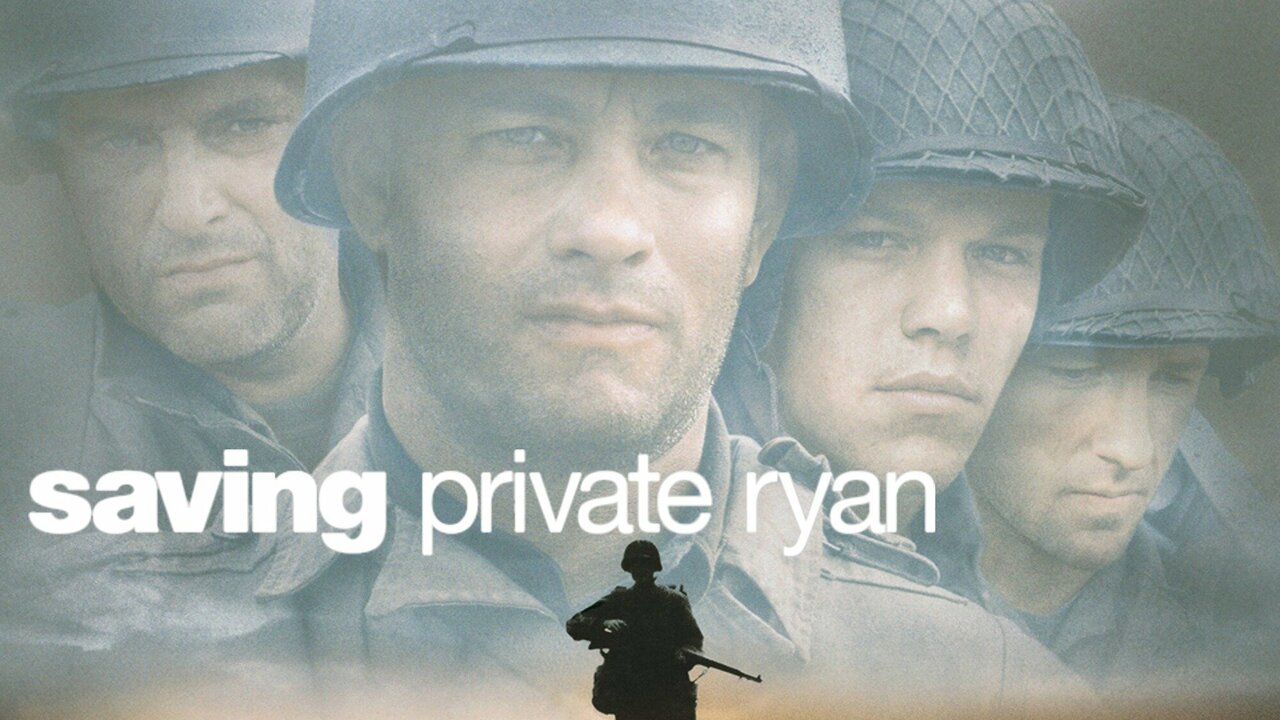
6. Raiders of the Lost Ark: The Adventurous Archaeologist
“Raiders of the Lost Ark: The Adventurous Archaeologist” is a thrilling cinematic journey directed by Steven Spielberg in 1981, introducing audiences to the iconic character of Indiana Jones and redefining the action-adventure genre. This film marks the first installment in the Indiana Jones franchise and stands as a timeless example of swashbuckling storytelling.
Harrison Ford takes on the role of the charismatic and whip-wielding archaeologist, Dr. Indiana Jones. The narrative unfolds as Jones races against time and rival archaeologists in a quest to find the Ark of the Covenant before the Nazis do. The film seamlessly weaves together elements of history, mythology, and supernatural intrigue, creating a gripping tale that keeps audiences on the edge of their seats.
Spielberg’s direction brings the character of Indiana Jones to life with a perfect blend of wit, charm, and daredevilry. The film’s action sequences, including the iconic boulder chase and the daring truck pursuit, set a new standard for cinematic excitement. The combination of practical effects, thrilling stunts, and John Williams’ iconic score contributes to the film’s enduring appeal.
The character of Indiana Jones himself is a standout element, portraying an adventurous archaeologist with a penchant for danger and a commitment to preserving historical artifacts. Ford’s charismatic performance adds depth to the character, making Indiana Jones a cultural icon and a symbol of cinematic heroism.
“Raiders of the Lost Ark” not only entertains with its pulse-pounding action but also pays homage to the classic adventure serials of the past. The film’s blend of exotic locales, ancient mysteries, and a charismatic hero became a formula that countless films would attempt to replicate.
The enduring popularity of “Raiders of the Lost Ark” lies not only in its thrilling escapades but also in its ability to capture the spirit of adventure. Spielberg’s direction, combined with Lawrence Kasdan’s screenplay, creates a narrative that resonates with audiences, inviting them into a world where archaeological exploration collides with the supernatural.
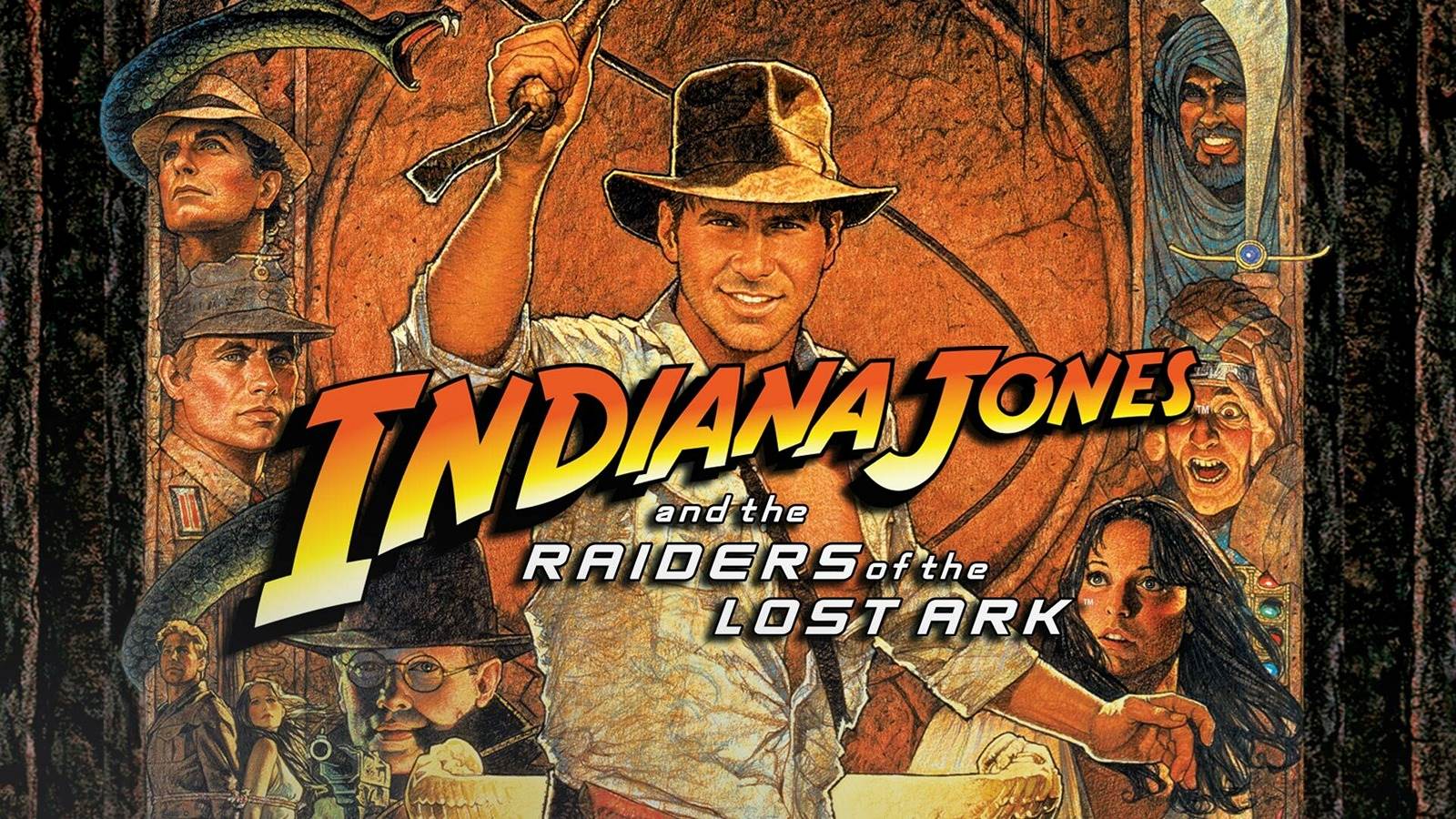
7. Close Encounters of the Third Kind: Communicating with the Cosmos
“Close Encounters of the Third Kind: Communicating with the Cosmos” is a visionary 1977 science fiction film directed by Steven Spielberg, known for its exploration of extraterrestrial contact and the profound mysteries of the universe. The film is a captivating journey that transcends the typical sci-fi narrative, delving into the possibilities of communication with beings from beyond our world.
The story follows Roy Neary, played by Richard Dreyfuss, an ordinary man whose life takes an extraordinary turn after encountering a UFO. Haunted by visions and a mysterious compulsion, Neary becomes obsessed with deciphering the meaning behind these cosmic encounters. The narrative unfolds as a convergence of individuals drawn together by unexplained phenomena, leading them to a climactic rendezvous with extraterrestrial intelligence.
Spielberg’s direction in “Close Encounters of the Third Kind” is characterized by a sense of wonder and curiosity, exploring themes of human fascination with the unknown. The film’s visual effects, especially the iconic image of the alien spacecraft, showcase Spielberg’s ability to create breathtaking and awe-inspiring moments on screen.
The musical score, composed by John Williams, is integral to the film’s impact, particularly the use of a series of musical notes as a form of communication between humans and aliens. This unique approach to storytelling through music adds an ethereal quality to the film, enhancing its emotional resonance.
Richard Dreyfuss delivers a compelling performance as Roy Neary, portraying the character’s transformation from a skeptical everyman to someone deeply connected to a higher cosmic purpose. The film’s ensemble cast, including Teri Garr and Melinda Dillon, contributes to the narrative’s emotional depth and sense of shared wonder.
“Close Encounters of the Third Kind” stands out for its departure from traditional alien invasion narratives. Instead, Spielberg explores the idea of communication and understanding between humanity and extraterrestrial beings. The film encourages viewers to contemplate the vastness of the universe and the potential for connection beyond the confines of our planet.
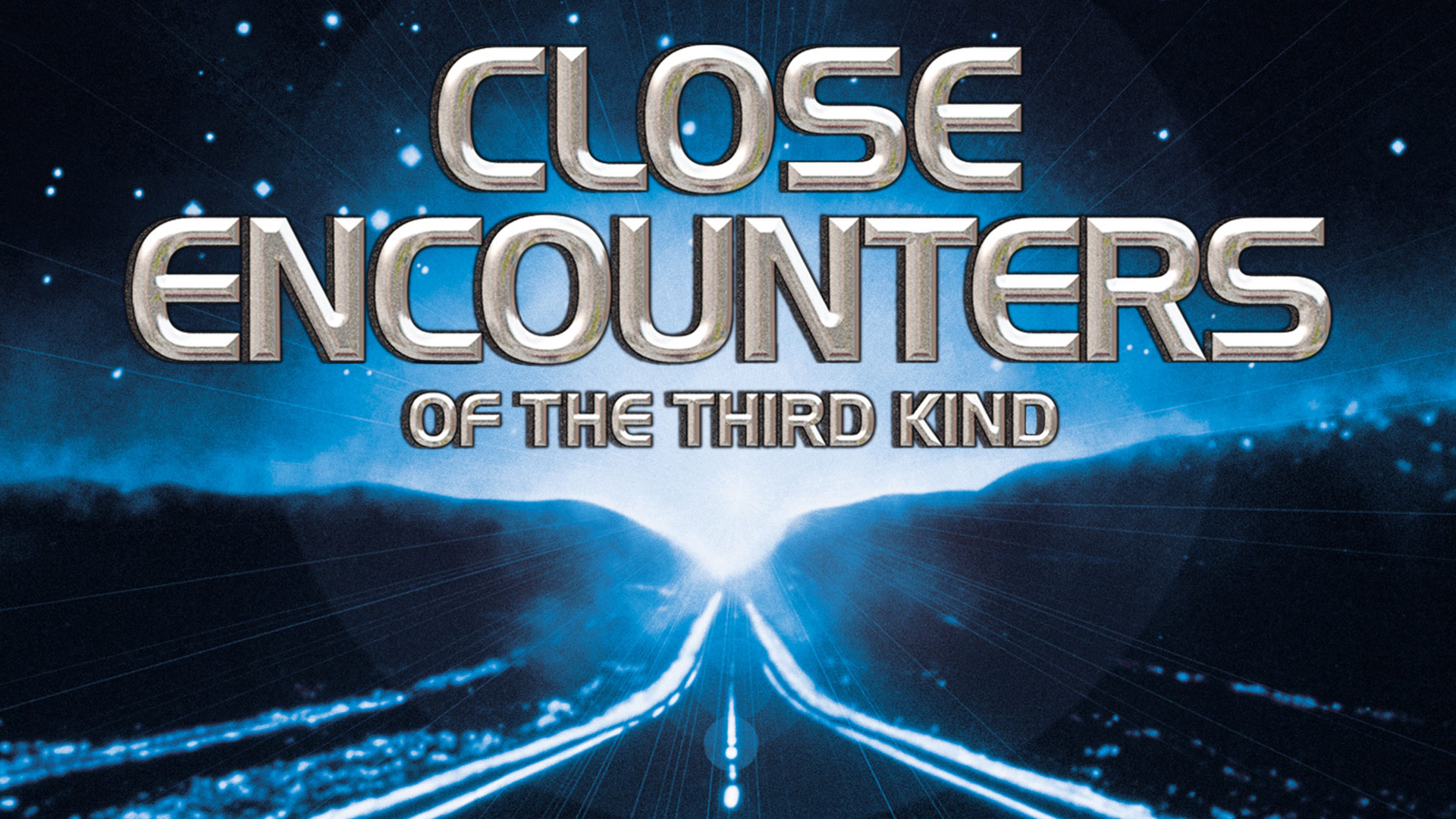
8. The Color Purple: A Cinematic Tapestry of Emotions
“The Color Purple: A Cinematic Tapestry of Emotions” is a 1985 film directed by Steven Spielberg, an adaptation of Alice Walker’s Pulitzer Prize-winning novel that weaves a rich and emotionally charged narrative. This cinematic masterpiece stands as a testament to Spielberg’s versatility as a director, delving into the profound themes of race, gender, and resilience.
Set in the early 20th century, the film follows the life of Celie Harris, portrayed by Whoopi Goldberg, an African American woman navigating the hardships of racial and gender oppression. Celie’s journey unfolds through a series of letters written to God, providing a poignant and intimate perspective on her experiences. The narrative explores themes of abuse, liberation, and the enduring strength of the human spirit.
Spielberg’s direction captures the emotional nuances of Walker’s novel, portraying the stark realities of Celie’s life while also celebrating her triumphs. The film’s cinematography, led by Allen Daviau, complements the narrative with a visual richness that reflects the diverse landscapes and emotional depths of the story.
The performances in “The Color Purple” are exceptional, with Whoopi Goldberg delivering a powerful portrayal of Celie’s transformative journey. The ensemble cast, including Oprah Winfrey and Danny Glover, contributes to the film’s emotional depth, creating a cast of characters that resonate with authenticity and humanity.
The musical score, composed by Quincy Jones, adds a soulful layer to the film, enhancing its emotional impact. From the sorrowful moments of Celie’s struggles to the triumphant instances of her self-discovery, the music becomes an integral part of the cinematic experience.
The film’s exploration of African American culture and the intersections of race and gender places it in the pantheon of works that address social issues. Spielberg’s sensitive approach to the material ensures that “The Color Purple” serves as more than a mere adaptation; it becomes a celebration of resilience, empowerment, and the importance of self-discovery.
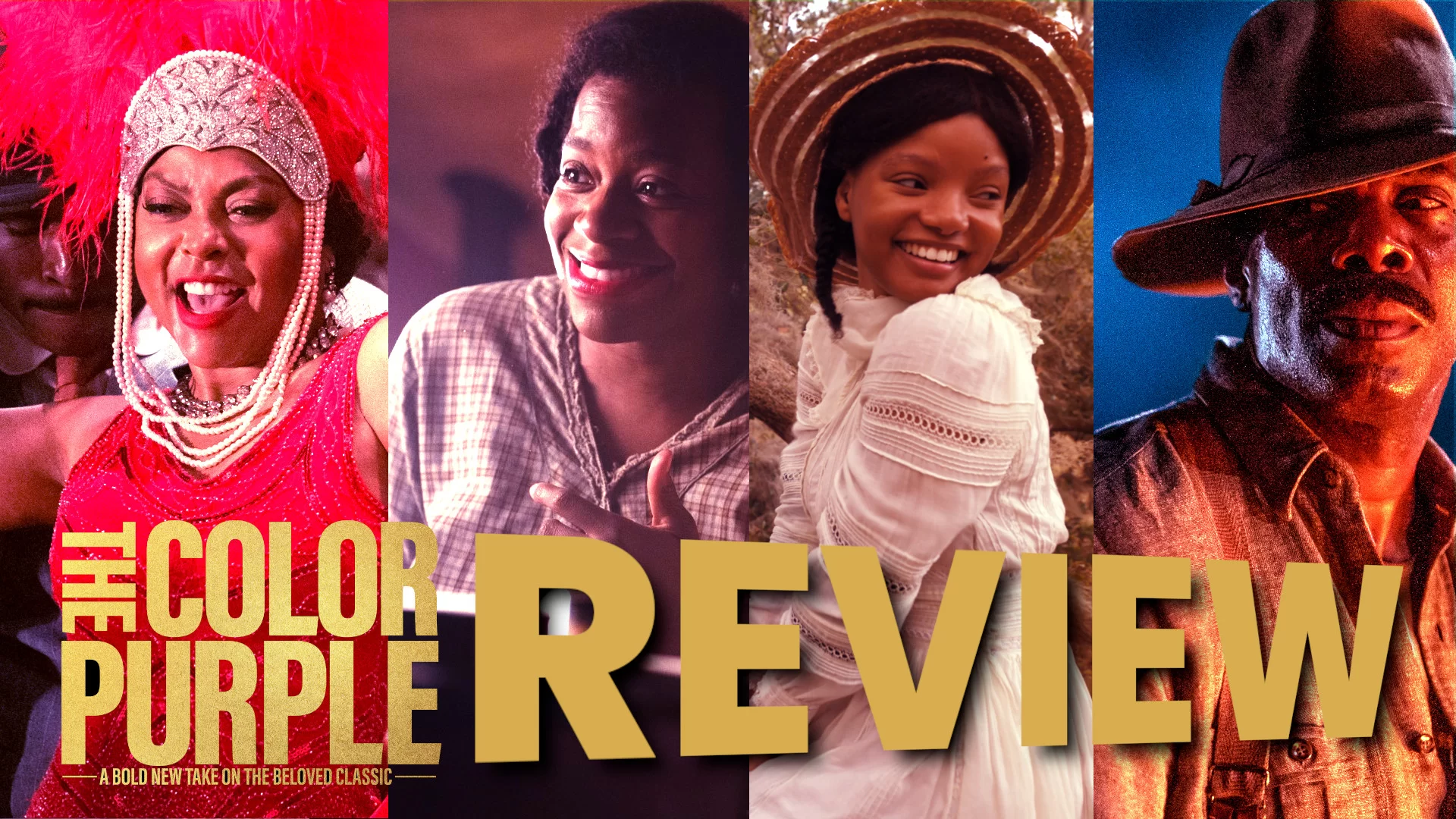
9. Minority Report: Navigating Future Realities
“Minority Report: Navigating Future Realities” is a thought-provoking 2002 science fiction film directed by Steven Spielberg, set in a dystopian future where advanced technology enables the pre-detection and prevention of crimes before they occur. The film, based on a story by Philip K. Dick, explores complex ethical questions surrounding surveillance, free will, and the consequences of predictive justice.
Set in the year 2054, the film follows John Anderton, portrayed by Tom Cruise, who works for a specialized police department known as PreCrime. Using precognitive beings called Precogs, the authorities predict and apprehend criminals before they can carry out their offenses. However, the system is thrown into chaos when Anderton himself is predicted to commit a murder.
Spielberg’s direction brings a visually stunning and thematically layered narrative to life. The film’s portrayal of a futuristic Washington, D.C., complete with cutting-edge technology and innovative transportation, creates a captivating backdrop for the exploration of societal implications.
Tom Cruise delivers a compelling performance as Anderton, capturing the emotional turmoil of a man caught in a web of fate and predestination. The supporting cast, including Samantha Morton and Colin Farrell, contributes to the film’s complexity by presenting a spectrum of perspectives on the ethical dilemmas posed by PreCrime.
The visual effects and cinematography, led by Janusz Kamiński, contribute to the film’s immersive experience. From the sleek and futuristic technology to the intense action sequences, the film seamlessly integrates visual elements to enhance the narrative’s impact.
“Minority Report” delves into the philosophical questions surrounding free will, morality, and the potential abuse of power in the name of security. The narrative challenges viewers to question the consequences of sacrificing personal liberties for the illusion of safety, making it a relevant and thought-provoking exploration of the human condition.
John Williams’ musical score adds an additional layer to the film, enhancing the suspense and emotional resonance of key moments. The combination of visual and auditory elements ensures that the film leaves a lasting impression on the audience.
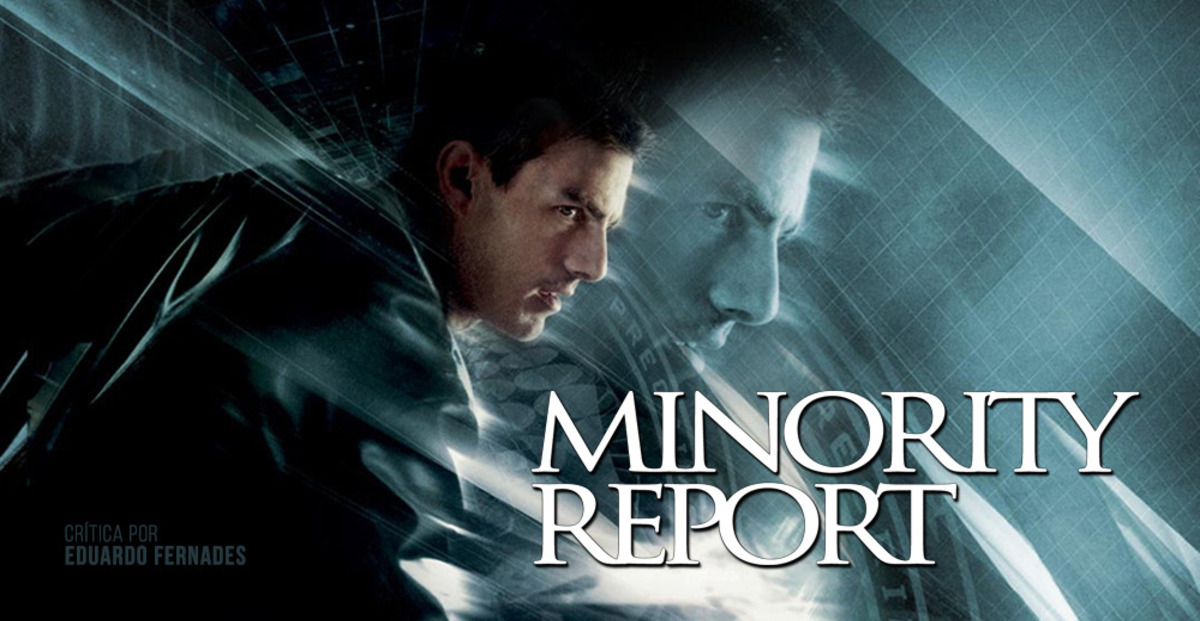
10. Catch Me If You Can: The Art of the Con
“Catch Me If You Can: The Art of the Con” is a captivating 2002 film directed by Steven Spielberg, based on the real-life story of Frank Abagnale Jr., a masterful con artist who successfully executed numerous frauds and identity thefts during the 1960s. The film explores the cat-and-mouse chase between Abagnale and the FBI agent determined to bring him to justice.
Leonardo DiCaprio stars as Frank Abagnale Jr., a charming and intelligent young man who manages to assume various identities, forge checks, and successfully pose as a Pan Am pilot, a doctor, and a lawyer. Tom Hanks plays Carl Hanratty, the relentless FBI agent hot on Abagnale’s trail. The narrative unfolds as a high-stakes game of wits, with Abagnale eluding capture at every turn.
Spielberg’s direction infuses the film with a perfect blend of humor, suspense, and character-driven storytelling. The 1960s setting is meticulously recreated, capturing the essence of the era and providing a stylish backdrop for Abagnale’s elaborate cons.
DiCaprio’s performance is a standout, bringing depth and charisma to a character who is both a sympathetic figure and a cunning trickster. Hanks complements the dynamic with his portrayal of the determined yet empathetic Hanratty. The chemistry between the two leads drives the film, making the viewer simultaneously root for and against Abagnale.
The film’s exploration of the psychology behind the con, coupled with John Williams’ jazzy and energetic score, contributes to its overall charm. The clever use of visual storytelling, including split screens and playful transitions, enhances the narrative and keeps the audience engaged.
At its core, “Catch Me If You Can” is not just a tale of crime and punishment but a character study of a young man searching for identity and purpose. The film humanizes Abagnale, allowing the audience to understand the motivations behind his actions, blurring the lines between the protagonist and antagonist.
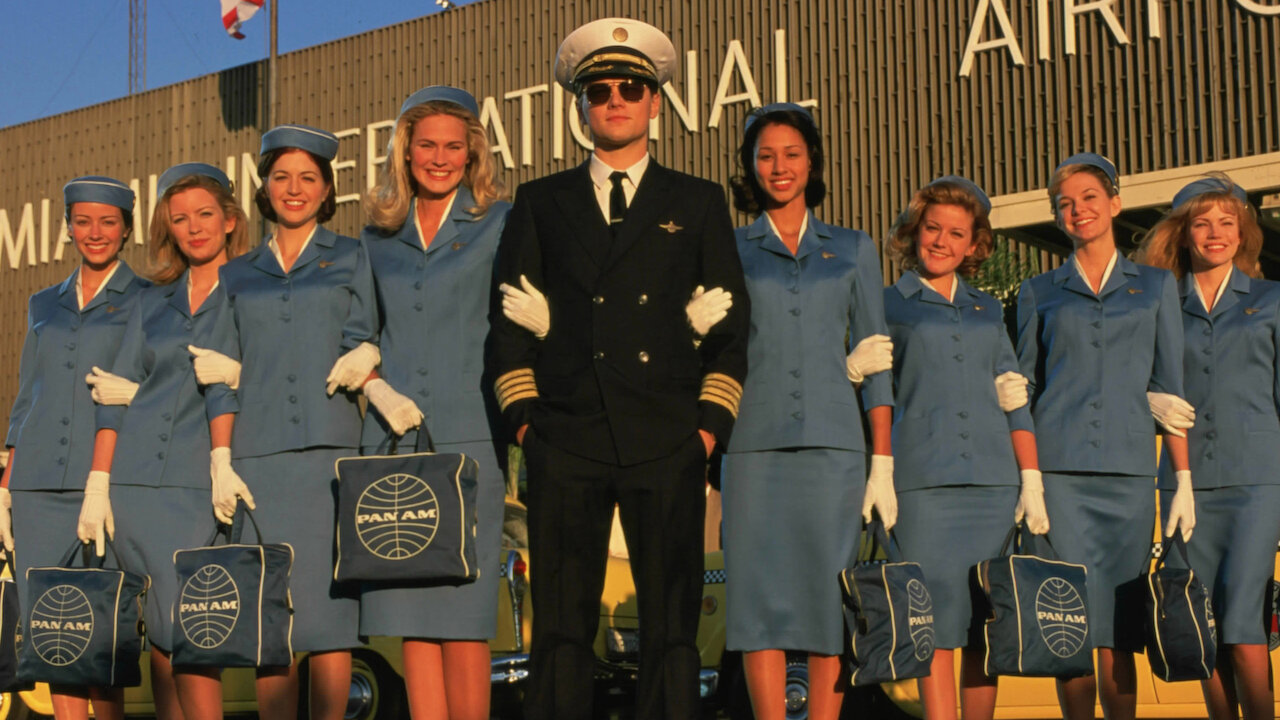
Steven Spielberg’s filmography is a rich tapestry of genres and emotions. Each film on this list represents a milestone in cinematic history, solidifying Spielberg’s legacy as a maestro of storytelling and visual innovation. As we celebrate these masterpieces, we eagerly anticipate the next chapter in Spielberg’s enduring career.
